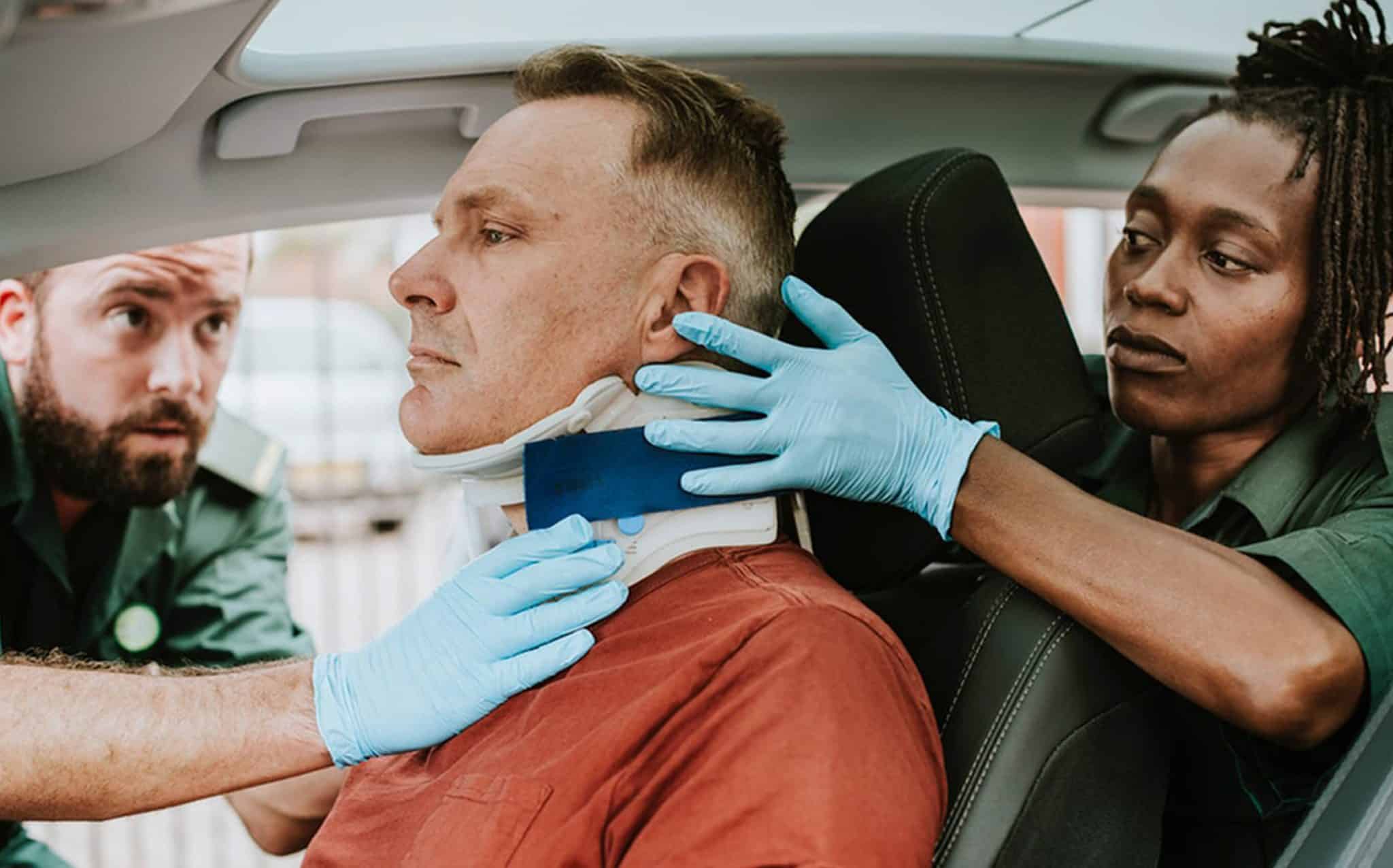Beyond the Bump: Understanding and Treating Sprained Necks After Auto Injuries
Car accidents can be a frightening and disruptive experience. Beyond the emotional toll, they can also lead to a variety of physical injuries. One common consequence is a sprained neck, which occurs when the ligaments connecting the bones in the cervical spine (neck) are stretched or torn beyond their normal limits.
This article sheds light on sprained necks caused by auto injuries, providing valuable information to guide your recovery journey. By understanding the causes and symptoms of a sprained neck, and the importance of early intervention, you can work with your healthcare professional to develop a personalized treatment plan that promotes healing and minimizes long-term complications.
Understanding Sprained Necks After Auto Injuries: Causes and Symptoms
The sudden impact and forceful movements experienced during a car accident can strain the neck muscles and ligaments, leading to a sprain. Here’s a breakdown of the causes and symptoms:
Causes:
- Whiplash: This is a common auto injury that occurs when the head is jerked back and forth rapidly, causing strain on the neck muscles and ligaments.
- Direct Impact: A blow to the head or neck during a collision can directly damage the neck ligaments.
- Hyperextension or Hyperflexion: Forcing the neck beyond its normal range of motion, either backward or forward, can lead to a sprain.
Symptoms:
- Pain: This is the most common symptom, often described as a dull ache or sharp pain in the neck and upper shoulders.
- Stiffness: The neck muscles might feel stiff and restricted, making it difficult to turn the head or look up and down.
- Headaches: Headaches, particularly at the base of the skull, are a frequent complaint after a sprained neck.
- Tenderness: The affected area might be tender to the touch.
- Vertigo or Dizziness: In some cases, individuals experience dizziness or vertigo due to inner ear disruptions.
The severity of symptoms can vary greatly depending on the extent of the sprain. It’s essential to seek medical attention, especially if you experience severe pain, limited movement, or neurological symptoms like numbness or tingling.
The Importance of Early Intervention for Sprained Necks After Auto Injuries
Prompt medical evaluation after an auto accident is crucial, even if symptoms seem mild. Early intervention offers numerous benefits:
- Accurate Diagnosis: A healthcare professional can diagnose the extent of the sprain and rule out any associated injuries like fractures.
- Prompt Treatment: Early treatment can minimize inflammation and pain, promoting a faster recovery.
- Preventing Complications: Early intervention can help prevent chronic pain, muscle weakness, and instability in the neck.
Treatment Options for Sprained Necks After Auto Injuries
Effective treatment for auto injury-related sprained necks often involves a multimodal approach to address pain, stiffness, and promote healing:
Rest and Pain Management:
In the initial stages of recovery, rest is critical to allow the injured ligaments to heal. Over-the-counter pain relievers like ibuprofen or acetaminophen might be recommended to manage pain and inflammation.
Physical Therapy:
Physical therapy plays a crucial role in rehabilitation after a sprained neck:
- Pain Management Techniques: Techniques like heat therapy, massage, and ultrasound can help manage pain and promote healing.
- Strengthening Exercises: Targeted exercises strengthen the neck muscles, improving stability and preventing future injuries.
- Flexibility Exercises: These exercises help restore a full range of motion in the neck joint and alleviate stiffness.
- Postural Correction: A physical therapist can assess and address any postural problems that might contribute to neck pain.


